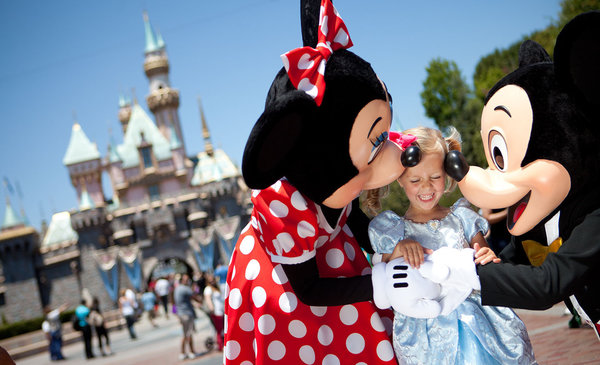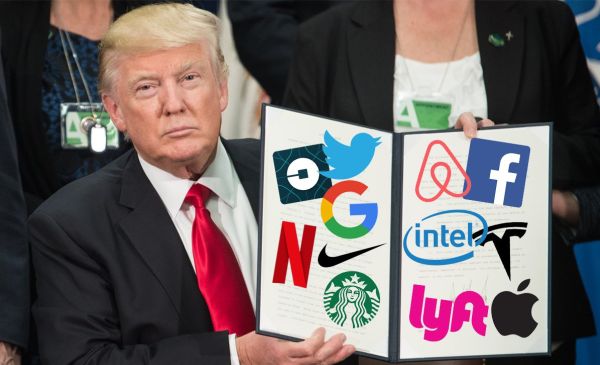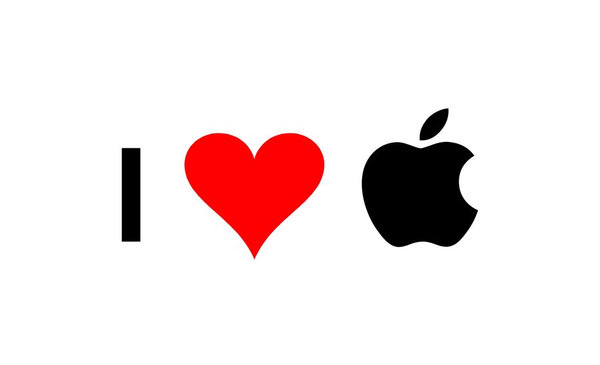
In order to provide value to companies, brands must first provide value to customers. But how do companies make their brands valuable to customers?
Value From Product Innovations?
Several scholars claim that brand success hinges on creating an uncontested market space. Or sometimes we hear people say it is all about creating a “killer application”. But what is a killer application? The argument goes that in today’s information-rich economy, customers have full access to information about products. As such, brands can only compete on product quality and price. Accordingly, customers’ relationships with brands are based on an economic calculus where what one gets (brand quality) is commensurate with what is given (the price paid). The idea goes that due to this excessive product quality and price comparison trend, companies must focus on product innovations that reshape industry boundaries and create new competitive opportunities. This argument has merit. Clearly product innovations are crucial to a brand’s success in today’s markets.
Value From Benefits That Provide Happiness (The 3Es)
However, having an innovative product is just part of the solution for achieving competitive success. Decades of research on customer behavior show that a buying decision is not based purely on an economic calculus. Brand choices are largely driven by perceptions of what brands do for customers. In other words, rather than competing on purely economic terms, brands compete based on the degree to which their benefits make customers happy. Clearly, customers will not invest in brands that are not worth the money. But what they are looking for, more than a quality product at the right price, is a brand whose benefits help them to do what they need and want to do, in a way that is experientially gratifying to them and that makes them feel good about themselves as people. Whether it’s in a personal or a professional context, brands that provide these benefits make customers happy.
Brand benefits refer not to the features the product has, but rather the outcomes from brand acquisition or use that meet customers’ needs, wants, and goals, as human beings. This holds true regardless of whether these humans are occupying the role of B2B customers, B2C customers, sports and/or celebrity fans, or targets of nonprofit marketers. Our perspective on customer value is both novel and parsimonious. Specifically, we identify three broad classes of benefits that underlie human happiness: benefits that enable, benefits that entice, and benefits that enrich customers.
- Enablement Benefits: An admired brand enables customers by offering solutions to problems and challenges (large and small) and conserving customers’ limited resources (time, money, psychological capacity, physical capacity). When enabled, customers feel empowered, secure, safe, relieved, and confident.
- Enticement Benefits: An admired brand entices customers by engaging customers’ senses (touch, sight, sound, smell, and taste), their thoughts, and their hearts. When enticed, customers feel gratified, stimulated, engaged, and warmhearted.
- Enrichment Benefits: An admired brand enriches customers by resonating with their beliefs and their sense of self (who they are, who they were, and who they want to be). When enriched, customers feel inspired, proud, connected, and validated.
Benefits That Enable Customers
Customers find value in brands that enable them. Such brands solve customers’ problems. They remove barriers, eliminate frustrations, assuage anxieties, and reduce fear. They provide peace of mind. Benefits that enable customers offer solutions to nagging problems (both large and small): for example, how do I avoid this acid reflux, how can I protect my home from burglars, and how can we get one IT system to talk to another. With the brand as a solution, customers feel empowered to take on challenges in their personal and professional lives. Knowing that they can count on (and trust) the brand to solve problems reduces anxiety and allows the customer to get on with other aspects of their lives. Fear and anxiety are replaced with feelings of empowerment, confidence, and security.
Sometimes both problems (and solutions) relate to resources, such as money, time, and physical and psychic energy. Brands can also enable customers when they help customers conserve the scarce resources they have or help them acquire the resources they want. Schwab helps customers plan for secure retirements: people feel more con dent about dealing with the future when they have a safety net to protect them from life’s unexpected curveballs. SAP helps organizations to streamline their processes, cut waste, and run simple for greater agility and growth. Waze maps the most efficient route from where one is to where one wants to go.
Brands that solve problems and conserve resources make customers feel empowered, secure, confident, relieved, and safe, and they provide peace of mind. In short, customers desperately want products and services whose benefits enable them. They want to feel that they can live with more security and efficacy and with fewer complications and stressors.
Benefits That Entice Customers
Customers also seek benefits that entice them. Enticement benefits stimulate customers’ minds, their senses, and their hearts. They replace work with play, lack of pleasure with gratification, boredom with excitement, and sadness with feelings of warmth and amusement. Customers, whether in a B2B or B2C environment, want to feel gratified, engaged, excited, playful, grateful, and warmhearted. For example, they like marketing materials and web sites that are interesting and visually pleasing, and ads that are emotionally evocative. They want to feel cared for and taken care of by the brand and its employees. They want corporate offices and retail spaces to be warm, comforting, and inviting. They want to interact with employees who are friendly and helpful.
Disneyland epitomizes these sensory and heartwarming benefits. Disneyland creates magic for millions of kids (and adults) every day. Park guests experience these benefits through the beauty of the Magic Kingdom, the thrill of the rides, the joy of meeting Mickey and Pluto, and the vivid reworks show and parade. Enticing benefits also seem to explain the success of the Hello Kitty brand. How else can we explain how a seemingly deformed and mouthless cat commands such strong loyalty from children, let alone fully grown adults? Hello Kitty offers sense-pleasing and heartwarming benefits that are difficult to explain. Devotees can’t stay away from the brand. In the 40 years since its introduction, more than 50,000 product items have been introduced under the Hello Kitty brand name. Interest in and affection toward this brand are still high.
Benefits That Enrich Customers
Finally, customers seek benefits that enrich them and their sense of who they are as people. Customers want to feel as if they are good people who are doing good things in the world. They want to act in ways that are consistent with their beliefs and hopes. They want to feel as if they’re part of a group in which others accept and respect them. They want to be inspired to be the best people they can be, now and in the future. They want to feel proud of their identities and where they came from. Enriching benefits provide meaning to life. Without meaning people feel at a loss and regard their lives as pointless. Benefits that enrich customers make them feel inspired, proud, connected, and validated. They motivate people to act with good intentions and with honor and courage, and to be their authentic selves.
Salesforce.com isn’t just a cloud computing company with technologies that serve all manner of companies in an easy and visually pleasing way. It’s also a company designed to make the world a better place. It supports nonprofits and higher-education customers, and it has donated more than $53 million in grants. Salesforce employees have donated more than a million hours of their time to charitable organizations. Customers know that by using Salesforce products, they too are contributing to make the world a better place, both locally and globally.
Exponential Impact Of The 3Es
Combined, these benefits have an exponential effect on enhancing customers’ happiness.
Contributed to Branding Strategy Insider by: C. Whan Park, Deborah MacInnis and Andreas Eisingerich, excerpted from their book, Brand Admiration with permission from Wiley Publishing.
Join us in Hollywood, California for Brand Leadership in the Age of Disruption, our 5th annual problem-solving event designed around brand strategy.
The Blake Project Can Help: Disruptive Brand Strategy Workshop
Branding Strategy Insider is a service of The Blake Project: A strategic brand consultancy specializing in Brand Research, Brand Strategy, Brand Licensing and Brand Education
FREE Publications And Resources For Marketers

















